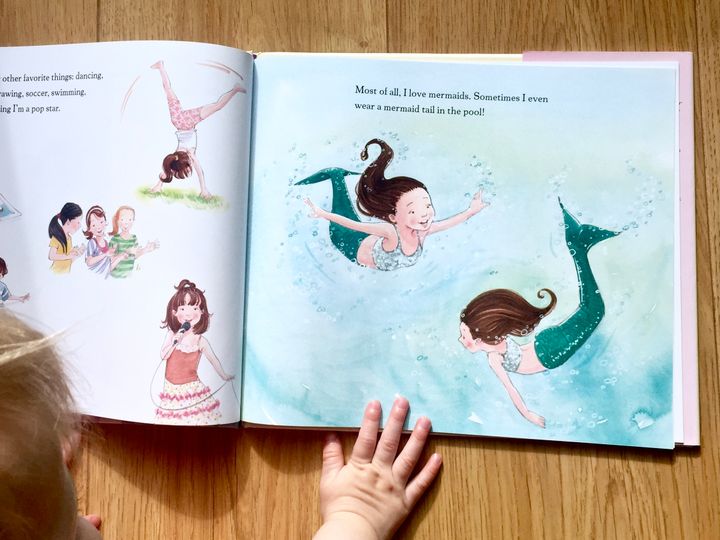
This is my baby girl. She loves her Nannas. That’s not the paternal and maternal Nannas, paternal side prefers the title ‘Mops’. My daughter has three grandmothers; Mops, my Mum and her wife.

So, it might not be a surprise that gender identity constructs and reflections of non-traditional relationships are a topic I care about. It will be entirely normal to my daughter to see two women in a loving relationship. I want these types of relationships, and other gender identities, to be reflected in the media she encounters as she grows older. At the moment, this means children’s books.
This week we’ve been reading Jazz Jennings and Jessica Herthel’s book I am Jazz.
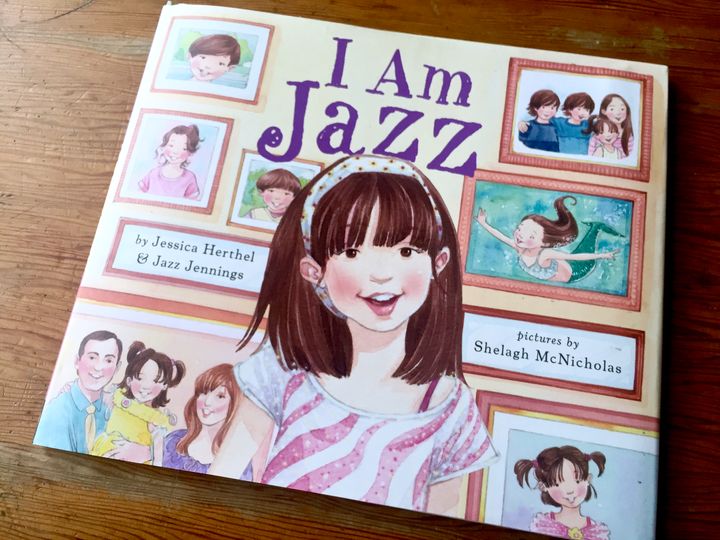
I first came across it on the Guardian’s Banned Book Week feature. The title I jotted down was ‘I’m called Jazz’. An interesting mistake. This book is the clear voice of a girl saying This is me. I am Jazz. Accept me and not a request to be called by a different name or pronoun.
This book was one of the most banned books in America last year (source: ALA).
If you write a book about diversity, it is more likely to be banned. More than half of all banned books in the US are by authors of colour, or focus on diverse communities.
“Historically, a little over half of the challenges we receive to books fall into the category of ‘diversity’ (by diverse authors or about diverse characters),” said James LaRue, director of the ALA Office for Intellectual Freedom. “Two years ago, eight of our top 10 most challenged titles were diverse. Last year, nine of them were. Four were about LGBT and transgendered youth. Three were about ‘religious viewpoint’ (mostly Islamic characters), and two were about various kinds of mental illness.” American Library Association (src)
I didn’t realise that Jazz Jennings had grown up to be a celebrity. Fronting her own reality TV show, the face of beauty care products, an advocate for gender neutral toilets. She’s 16 years old. This is amazing and incredibly brave.
But I want to reflect on this book outside of that context. I was not aware of how famous she had become and the work she is involved in when I first read it. Similarly my daughter, when she is old enough to understand this book, is unlikely to be aware of this context too.
5 thoughts I took away from this book.
1. This is a girl’s narrative. It’s positive and heartwarming
My FemCult52 project is about listening to women’s narratives. I’m pleased to include a young girl’s narrative within this, especially one that is a true story showing bravery and strength of spirit. Jazz faces challenges from those around her but ultimately her journey role models positive behaviour — acceptance of others, unconditional love, and self acceptance. It helps to create a norm for children that as they develop a sense of self they may discover they are different to what other people expect and also how they have been previously treated by others.

2. ‘I am Jazz’ really feels like it’s breaking boundaries
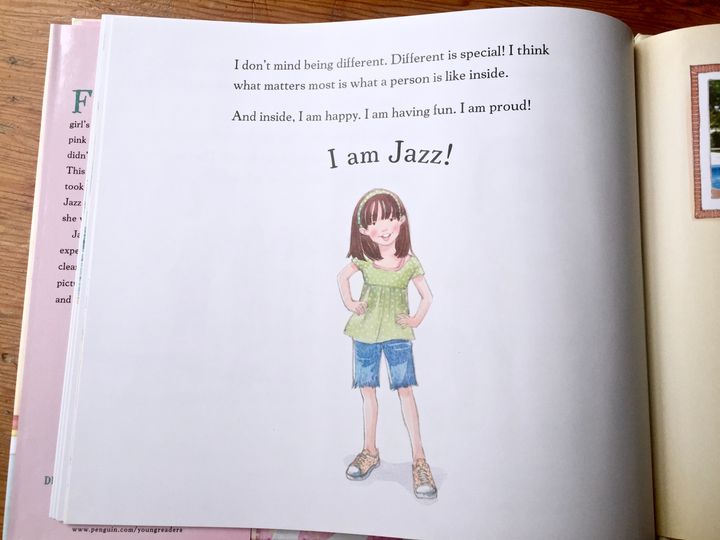
I’ve not read anything like this before. I was trying to think what else I could recommend along a similar line and I’ve come up with zero. So recommendations welcome. It’s radical. It’s going to make people feel uncomfortable. But that’s what happens when you break boundaries. Of course it shouldn’t be banned.
3. This book is a clear challenge to gender norms.
So, challenging social norms makes people uncomfortable. Layer on additional variables such as children and gender identity and you can imagine the reactions. Or maybe you can’t. I was shocked and saddened to read some of the responses on forums like reddit. No link added as I don’t want to signal boost the post (you can search for it if you really need to).
This is an important book. Supporting the gender identity of our children is more than decisions about wearing pink or blue, playing soldiers or playing house. I want conversations in my house about gender identity and non-traditional relationships to be the norm. Talking positively to young children about gender differences and uniqueness is part of the journey in accepting themselves and other people who identify as LGTBQ.
4. Talking about gender norms with young children is really tough
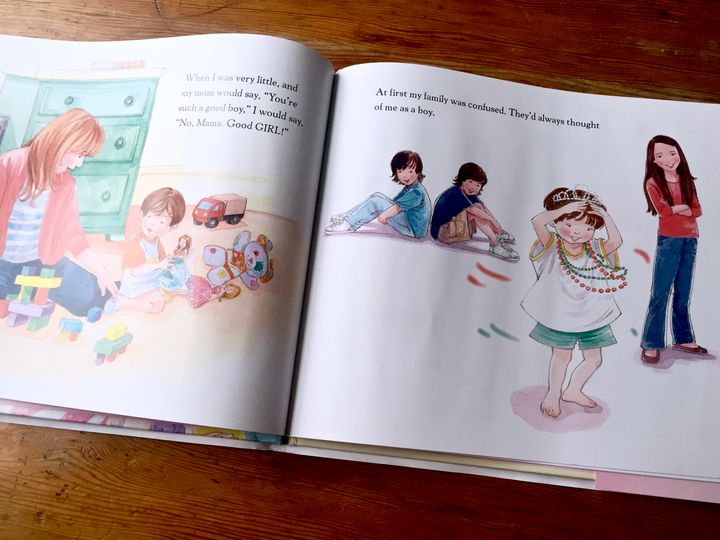
One thing that stood out to me was that Jazz’s true gender as a girl was illustrated through her favourite outfits, toys and games. Which were pink, frilly, makeup and princess gowns. All the things I’m trying to show to my daughter that her gender isn’t determined by! It also demonstrates a real challenge for non-binary children. What if a young child, labelled male, wants to persuade others they are female, or both male and female, or indeed neither. They like to play football, wear trousers and have a bob hair cut. Hates ponies and kittens. Will people only believe them if they act according to feminine gender stereotypes? What if as the child gets older they also identify as gay or lesbian?
But I appreciate the challenges of explaining gender dysphoria in simple enough terms that a young child could comprehend (or some adults). To be clear, any mention of body parts would be inappropriate from not only an age perspective but mostly because focusing on a transgender person’s body is sensationalist and objectifying.
5. The cover doesn’t tell the story...
As I’ve known for a long time, I judge a book by it’s cover. When it comes to children’s stories, the trend in stunningly illustrated books means I’m spoilt for choice. I also prefer a more graphic style. It’s of course a personal preference. This isn’t a book I would have explored further in a bookshop. The front cover gave me no indication of the story, unless you’d heard of Jazz Jennings beforehand. I only came across it through recommendation. I’d love to see a version illustrated in the style of Jesse Hodgson, Dawn Cooper or Ana Albero
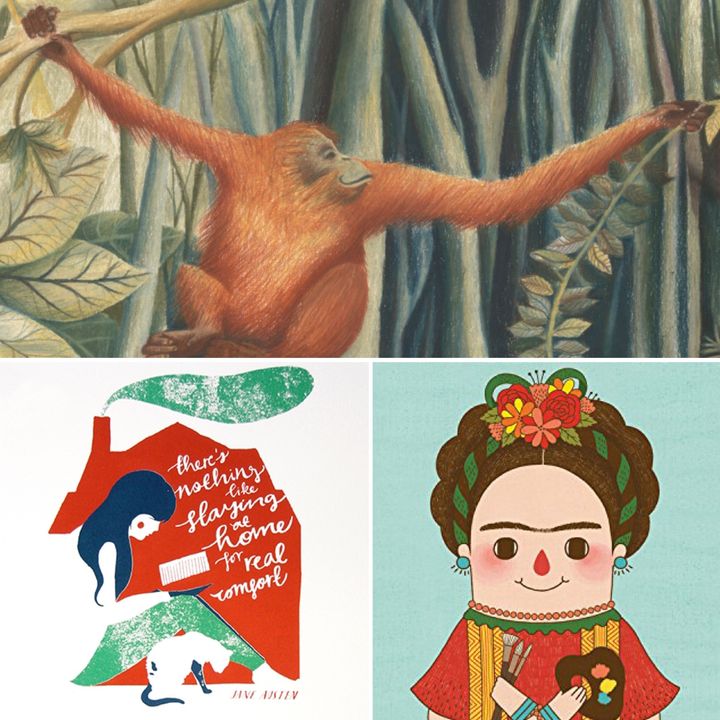
Do you need anymore convincing that this is an important issue to discuss with our families?
So yes. Listen to Jazz’s story.

“For 2016, I’d like to see equality for all. We shouldn’t be defined by our body parts; after all, we are all human beings. Gender is a spectrum and I feel that the feminist movement should stand united to promote acceptance and inclusion for all.” Jazz Jennings
Jazz Jennings’ charity is TransKids Purple Rainbow.
